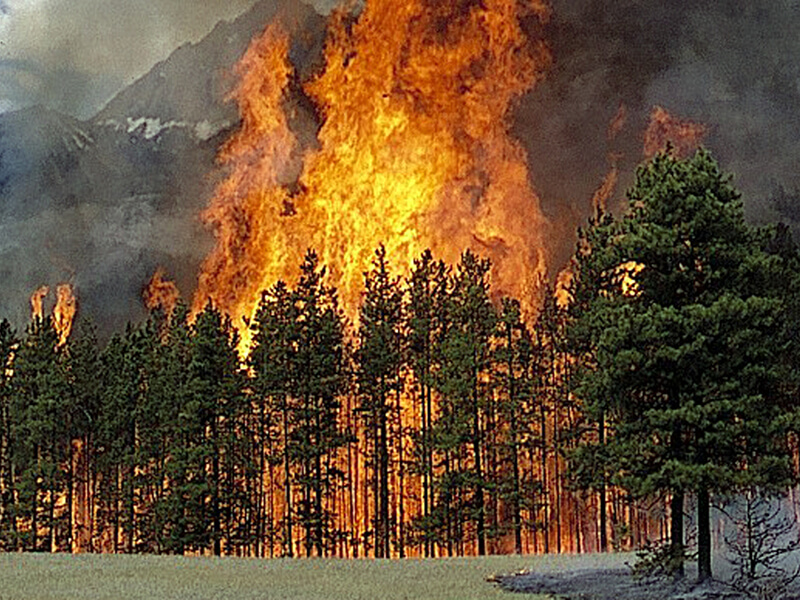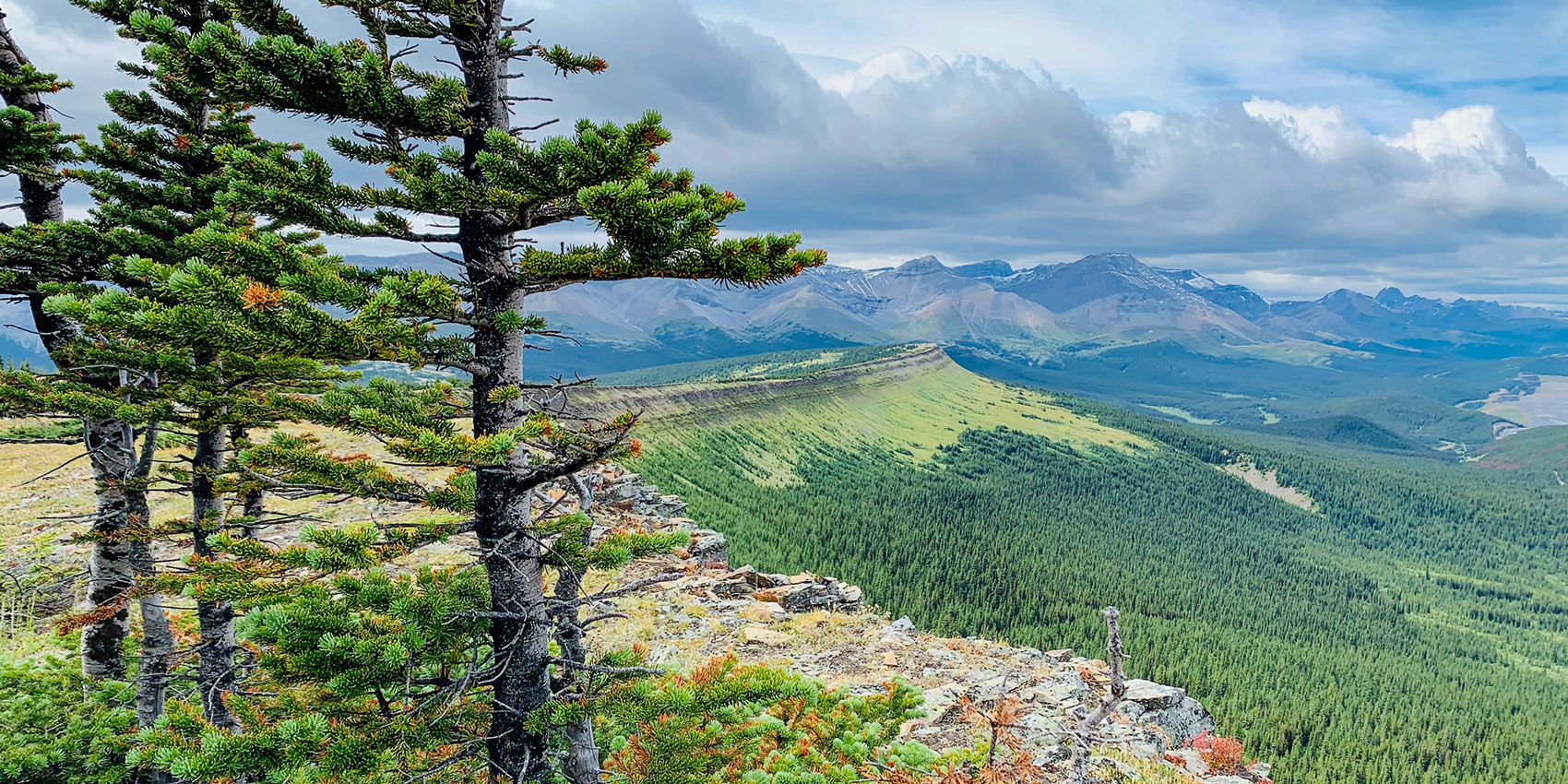
Abstract
Mixed-severity fire regimes are important drivers of forest dynamics, stand structural attributes, and regional and local landscape heterogeneity, but they remain poorly understood. We reconstructed site-level fire histories using fire scars and even-aged cohorts at 20 sites in two contiguous watersheds in southeastern British Columbia, Canada, a region that is particularly understudied. We compared stand composition and structural attributes (i.e., snag and veteran tree densities, tree size variability, and maximum tree size) at sites found to be mixed-severity, as well as those found to be high-severity after recent (<150 years) and older (⩾150 years) stand-replacing fires. We developed two forest indices capturing age-structure complexity and continuity to refine these comparisons.
Eleven of 20 sites displayed mixed-severity fire histories and were located at elevations 600 m higher than previously described for this landscape. Tree species composition varied with disturbance history. Mixed-severity sites were dominated by Douglas-fir and western larch that regenerated after frequent low- to moderate-intensity fires, which created fire scars. Periodic moderate-severity fires generated some even-aged cohorts with surviving veteran trees. At higher-elevations, intense fires generated cohorts dominated by lodgepole pine. Subalpine fir dominated high-severity sites that last burned >250 years ago.
Age structures at mixed- and older high-severity sites were of similar complexity, but could be differentiated using our index of age structure continuity. We found western larch to be a strong indicator of historical mixed-severity fire regimes. Western larch trees and stumps were only found at mixed-severity sites, and 84% of these individuals established within 15 years of antecedent fire scars. Snag densities were greatest at high-severity sites that burned >150 years ago, in contrast to expectations that mixed-severity sites would be more structurally complex. Tree size attributes were indistinguishable between mixed- and high-severity sites, although, subcanopy densities were particularly high (upwards of 5600 ha−1) having persisted since the last fire at most sites. Selective harvesting and fire suppression during the 20th century have homogenized contemporary forest structures in mid-elevation forests. An improved understanding of mixed-severity fire regimes is vital to determining whether forest resilience is compromised and where ecological restoration is warranted.
Access the article (with subscription) here, or contact Dr. Lori Daniels for a PDF copy.
Citation
Marcoux, H,M., L.D. Daniels, S.E. Gergel, E. Da Silva, Z.Gedalof and P.F. Hessburg. 2015. Differentiating mixed- and high-severity fire regimes in mixed conifer forests of the Canadian Cordillera. Forest Ecology and Management 341:45–58. doi: d10.1016/j.foreco.2014.12.027







